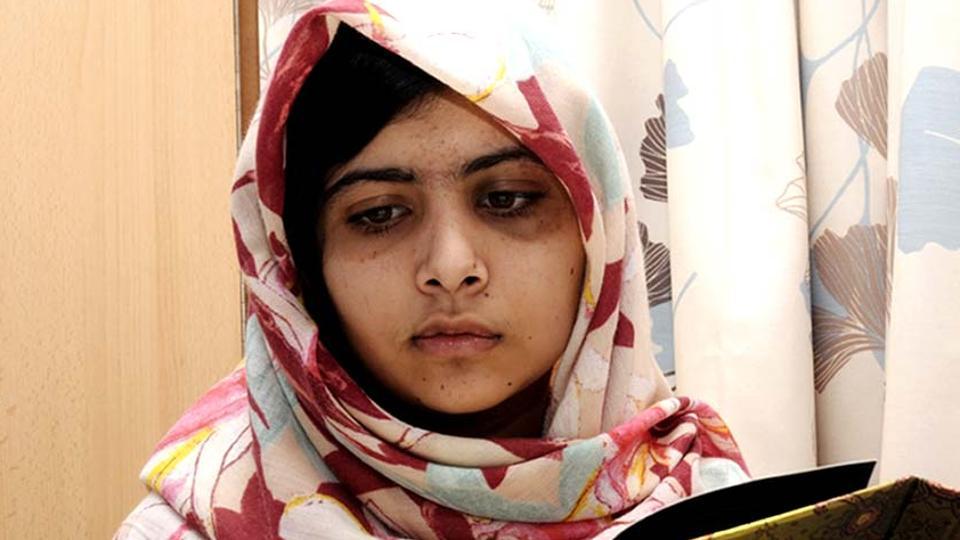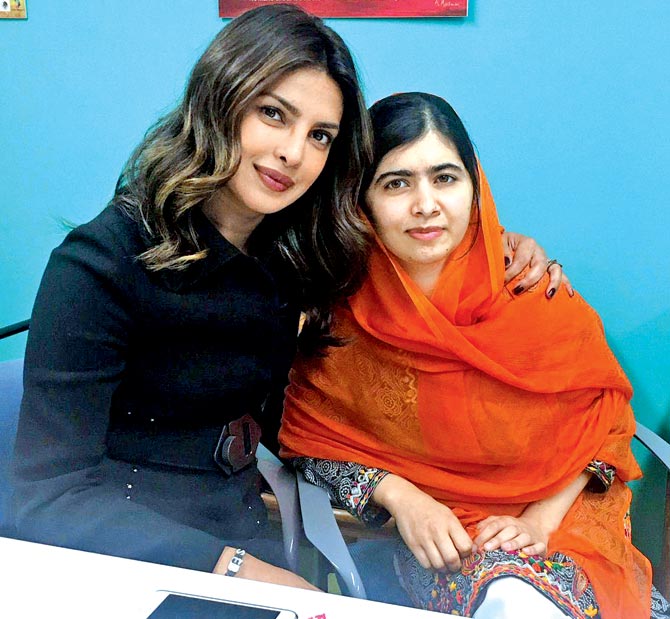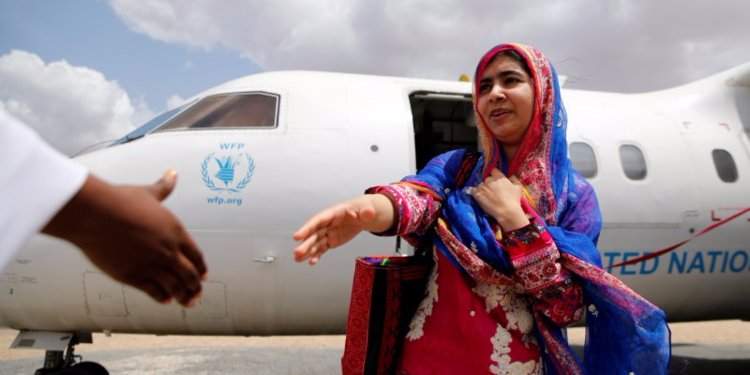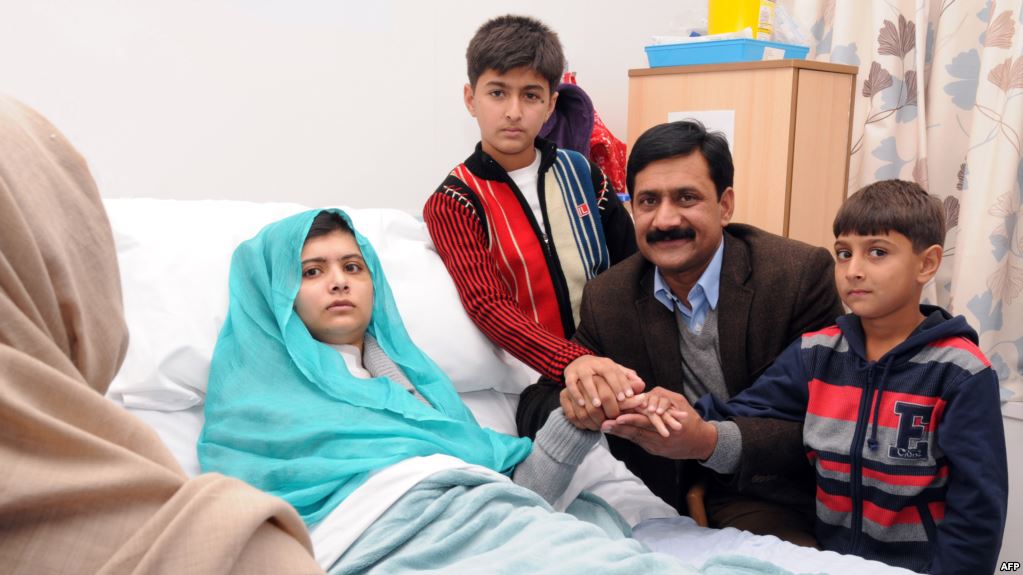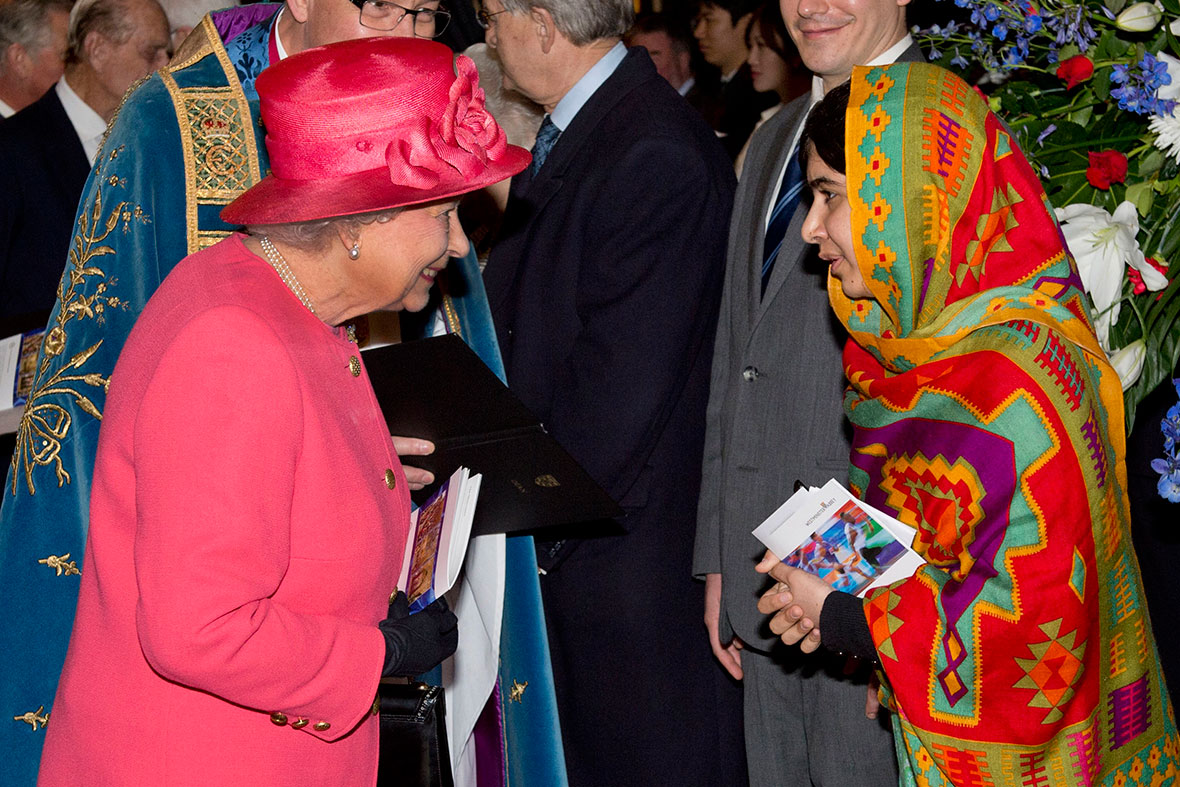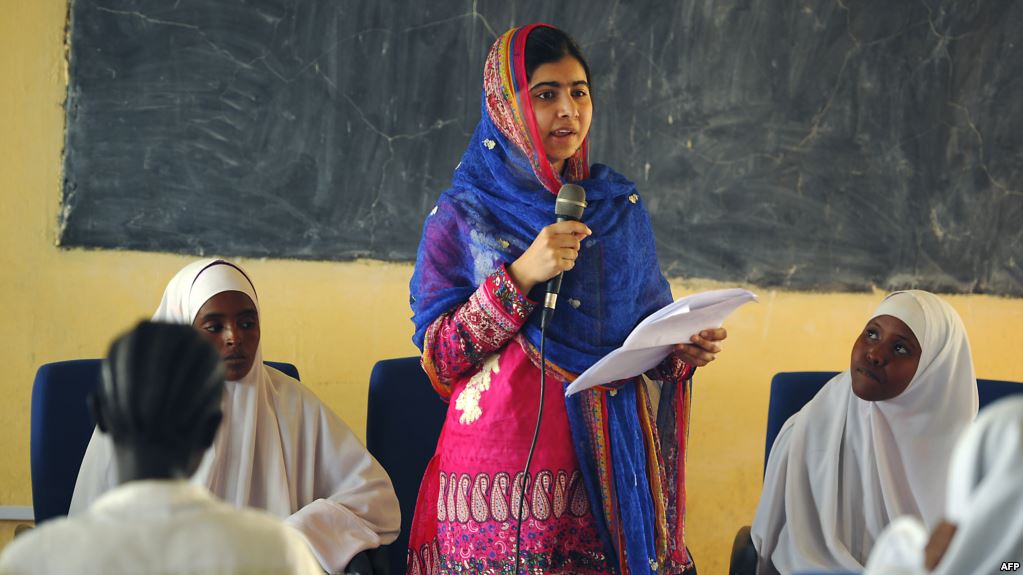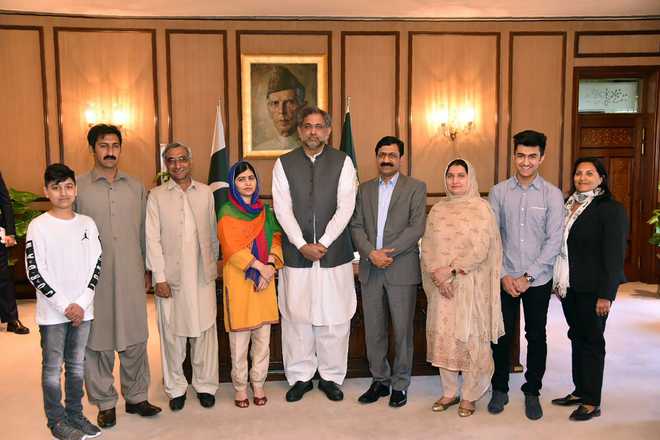Malala Yousafzai, (born July 12, 1997, Mingora, Swat Valley, Pakistan), Pakistani extremist who, while an adolescent, stood up freely against the Taliban’s disallowance on the education of young ladies. Malala Yousafzai is a Pakistani girl who, at 17 years old, turned into the most youthful individual to win the Nobel Peace Prize subsequent to surviving a death endeavor by the Taliban.
On October 9, 2012, a shooter shot Malala when she was voyaging home from school. She survived and has kept on standing up on the significance of education. In 2013, she gave a discourse to the United Nations and distributed her first book, I Am Malala. In 2014 Yousafzai and Kailash Satyarthi were together granted the Nobel Prize for Peace perceiving their endeavors in the interest of kids’ rights.
Malala Yousafzai’s Early Life
She was born on July 12, 1997 as the oldest offspring of Ziauddin Yousafzai and his significant other Toorpekai Yousafzai; she has two more youthful siblings. Her family ran a chain of schools. Her father, an instructive lobbyist, showed her Pashto, English and Urdu. Her dad detected right off the bat that there was something unique about Malala and urged her to think and communicate unreservedly.
Malala Yousafzai’s Nobel Peace Prize
In October 2014, at age 17 Malala Yousafzai turned into the most youthful individual to get the Nobel Peace Prize. She was granted the Nobel alongside Indian youngsters’ rights extremist Kailash Satyarthi. Malala was first designated for the prize in 2013 however did not win; she was renominated in March 2014.
In saluting Yousafzai, Pakistani Prime Minister Nawaz Sharif stated: “She is (the) pride of Pakistan, she has made her comrades pleased. Her accomplishment is unparalleled and unequaled. Young ladies and young men of the world should take lead from her battle and responsibility.” Former U.N. Secretary-General Ban Ki-moon portrayed Malala as “an overcome and delicate supporter of peace who, through the basic demonstration of going to class, turned into a worldwide instructor.”
Malala Yousafzai’s Individual Life and Legacy
She hails from an affectionate family comprising of herself, her folks and two more youthful siblings. She kidded while getting the Nobel Prize that she was presumably the main Nobel laureate who still battled with her more youthful siblings.
Malala Yousafzai’s Adolescence and Early Activism
The little girl of a blunt social lobbyist and teacher, Yousafzai was a great understudy. Her dad – who built up and managed the school she went to, Khushal Girls High School and College in the city of Mingora – urged her to follow in his way. In 2007 the Swat Valley, once a get-away goal, was attacked by the Taliban and started forcing strict Islamic law, decimating or closing down young ladies’ schools, prohibiting ladies from any dynamic part in the public eye, and doing suicide bombings. Yousafzai and her family fled the district for their security, yet they returned when strains and savagery facilitated.
Malala Yousafzai’s Family
For the initial couple of years of her life, the place where she grew up remained a famous visitor detect that was known for its mid year celebrations. However the territory started to change as the Taliban endeavored to take control.
Malala Yousafzai’s Honors and Achievements
She was given with Sitara-e-Shujaat, Pakistan’s third-most noteworthy nonmilitary personnel courage grant in October 2012. In November that year she was given Mother Teresa Awards for Social Justice. The Clinton Foundation gave her the Clinton Global Citizen Award in 2013. The European Parliament regarded her with the Sakharov Prize for Freedom of Thought in 2013. She was granted the 2014 Nobel Peace Prize alongside Indian dissident Kailash Satyarthi “for their battle against the concealment of youngsters and youngsters and for the privilege of all kids to instruction”.
Malala Yousafzai Human Rights Activist
Yousafzai went to a school that her dad, Ziauddin Yousafzai, had established. After the Taliban started assaulting young ladies’ schools in Swat, Malala gave a discourse in Peshawar, Pakistan, in September 2008. The title of her discussion was, “How set out the Taliban take away my fundamental appropriate to instruction?”
In mid 2009, Yousafzai started blogging for the BBC about living under the Taliban’s dangers to deny her a training. With a specific end goal to shroud her personality, she utilized the name Gul Makai. In any case she was uncovered to be the BBC blogger in December of that year.
With a developing open stage, Yousafzai kept on standing up about her right, and the privilege of all ladies, to a training. Her activism brought about an assignment for the International Children’s Peace Prize in 2011. That same year, she was granted Pakistan’s National Youth Peace Prize.
Malala and her family discovered that the Taliban had issued a demise risk against her as a result of her activism. In spite of the fact that Malala was scared for the well being of her dad – an against Taliban lobbyist – she and her family at first felt that the fundamentalist gathering would not really hurt a kid.
Malala Yousafzai’s Shooting and Nobel Peace Prize
On October 9, 2012, Yousafzai was shot in the head by a Taliban shooter while she was in transit home from school. Taliban assumed liability for the endeavor on her life. She survived the assault and was flown from Peshawar to Birmingham, England, for surgery. The occurrence inspired dissents, and her motivation was taken up far and wide, including by the UN exceptional emissary for worldwide training, Gordon Brown, who presented an appeal to that required all youngsters around the globe to be back in school by 2015. In December 2012 Pakistani President Asif Ali Zardari declared the dispatch of a $10 million instruction finance in Yousafzai’s respect. About a similar time, the Malala Fund was built up by the Vital Voices Global Partnership to help education for all young ladies around the globe.
Yousafzai recuperated, remaining with her family in Birmingham, where she came back to her investigations and to activism. Out of the blue since being shot, she showed up on July 12, 2013, her sixteenth birthday celebration, and tended to a group of people of 500 at the United Nations in New York City. Among her numerous honors, in 2013 Yousafzai won the United Nations Human Rights Prize, granted at regular intervals. She was named one of Timemagazine’s most-powerful individuals in 2013 and showed up on one of the seven covers that were printed for that issue. With Christina Lamb (remote journalist for The Sunday Times), Yousafzai coauthored a diary, I Am Malala.
Malala Yousafzai’s Come Back to Pakistan
On March 29, 2018, Yousafzai came back to Pakistan out of the blue since her ruthless 2012 assault. Not long subsequent to arriving, she met with Prime Minister Shahid Khaqan Abbasi, and conveyed a passionate discourse at his office.
“Over the most recent five years, I have constantly longed for returning to my nation,” she stated, including, “I never needed to clear out.”
Amid her four-day trip, Yousafzai was relied upon to visit the Swat Valley, and additionally the site where she about met her end because of the Taliban. Also, she was to initiate a school for young ladies being worked with help from the Malala Fund.
She additionally composed the photo book Malala’s Magic Pencil (2017), which depended on her youth. In 2014, she turned into the most youthful individual to win the Liberty Medal, granted by the National Constitution Center in Philadelphia to open figures making progress toward individuals’ opportunity all through the world. Selected for the Nobel Peace Prize in 2013 however disregarded that year, Yousafzai in 2014 turned into the most youthful beneficiary ever.
